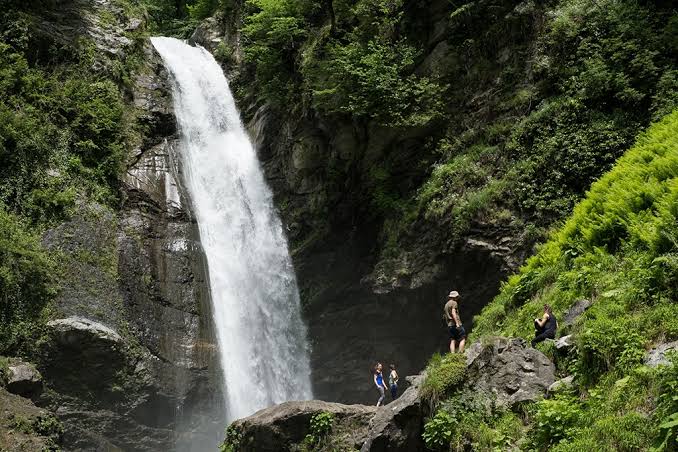India welcomes back tourists but Crowd is still sluggish

Foreign tourists are being welcomed back to India after pandemic travel bans but intrepid travelers will have to brave a bit of intense pollution season to visit the country’s most famous attraction.
Around the palatial gardens of the Taj Mahal, air quality deteriorates each winter for a few days, enveloping the white marble mausoleum in a thick coat of smog.
The problem is replicated across whole swathes of northern India, where seasonal farm fires combine with vehicle exhaust and factory emissions to blanket entire cities in a yellow-grey haze. Delhi the Capital Region becomes highly polluted.
A few hundred people ventured to the monument of Taj on Tuesday – down from the 20,000 visiting each day before the pandemic.
“We all know that India can be a little bit polluted and the air quality [isn’t] the best,” said 33-year-old Lachlan Mazzer, an Australian taking time out at the end of a business trip to visit the Taj Mahal before his return home. “But I never even considered the pollution as a reason not to come.”
The air quality in Agra has already started improving. Though in recent days have been among the worst for smog this season, with concentrations of the most hazardous PM2.5 particles reaching nearly 160 micrograms per cubic meter on Monday, government figures showed.
The figure is more than 10 times over the maximum daily limit recommended by the World Health Organization.
By the light of dawn on Tuesday, the World Heritage-listed monument was more visible through the haze, to the delight of Indian visitors who are quite used to the pollution during this time of the year.
“Pollution is everywhere, I feel,” said Shweta Gupta, who visited the monument from her home in the capital New Delhi, which as it us much more polluted than Agra.
The Taj Mahal is an enduring symbol of eternal love and one of the India’s main tourist attraction, built in the 17th century by Mughal emperor Shah Jahan to honor the memory of his favorite wife.
But it was closed for long stretches from March 2020 after successive waves of COVID-19 infections which even brought the public health system of the most of the advanced Western countries close to collapse and prompted drastic lockdowns.
Strict sanitary measures remain in place In India at the site, where visitors are strictly instructed not to touch the monument’s sparkling marble surface.
Tour guide Nitin Singh said he and his colleagues were impatient to welcome foreign travelers, as they had barely worked for nearly two years.
“All other businesses, all their people have started working, but the hospitality industry is still suffering badly,” he said. “I really hope that things will get better soon.”
After a 20-month closure due to the pandemic, India on Monday reopened its borders to visitors from nearly 100 countries with reciprocal travel arrangements. Though a few countries like United Kingdom tried to play dirty tricks on India. However a few well aimed “ kicks on the posterior “ resolved the matter quite satisfactorily.
But within the hospitality industry demand is extremely sluggish, due to high ticket prices and remaining restrictions on travelers from countries like Britain and elsewhere who have tried to act smart.



